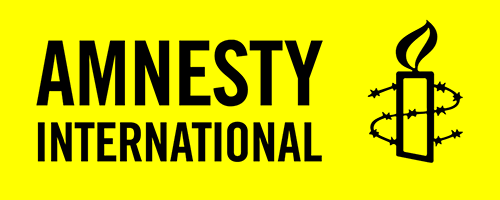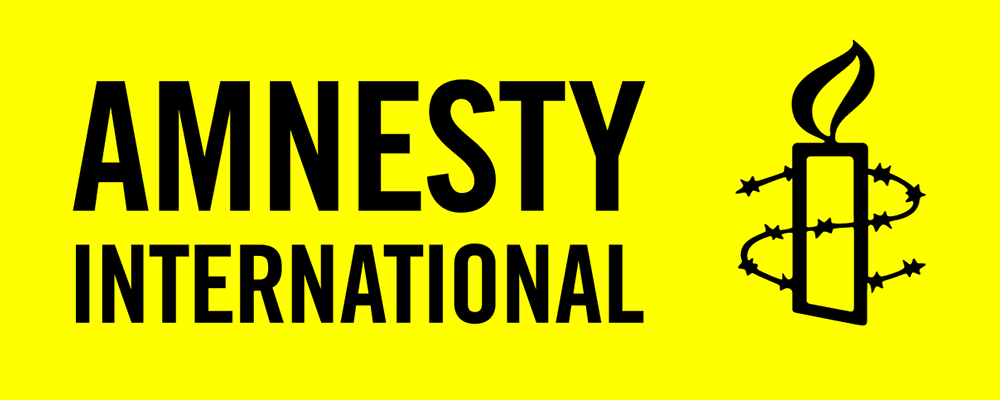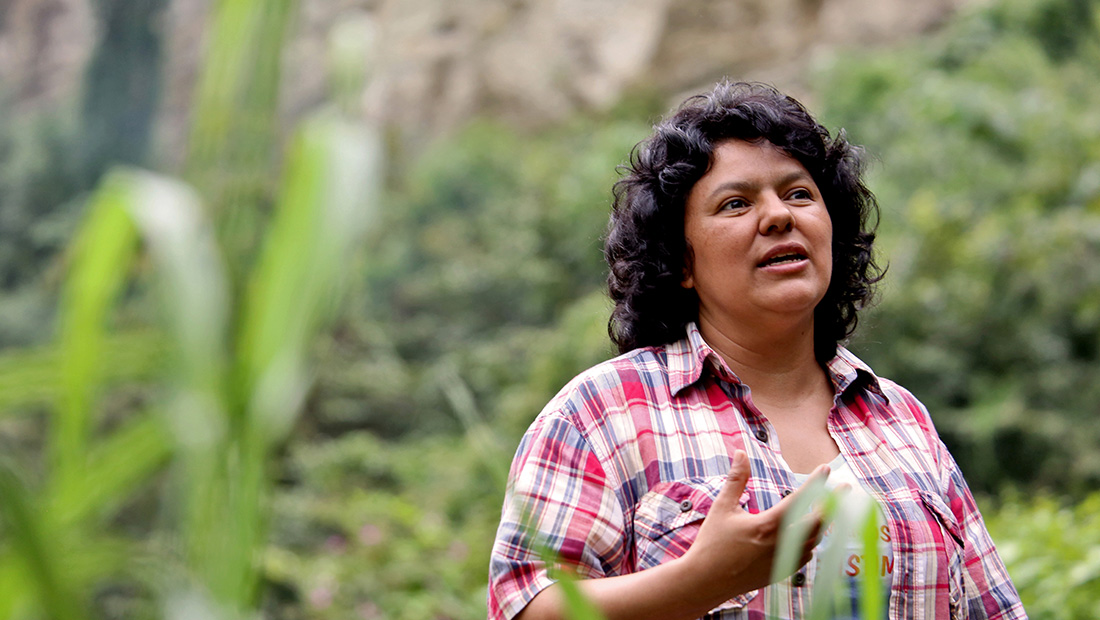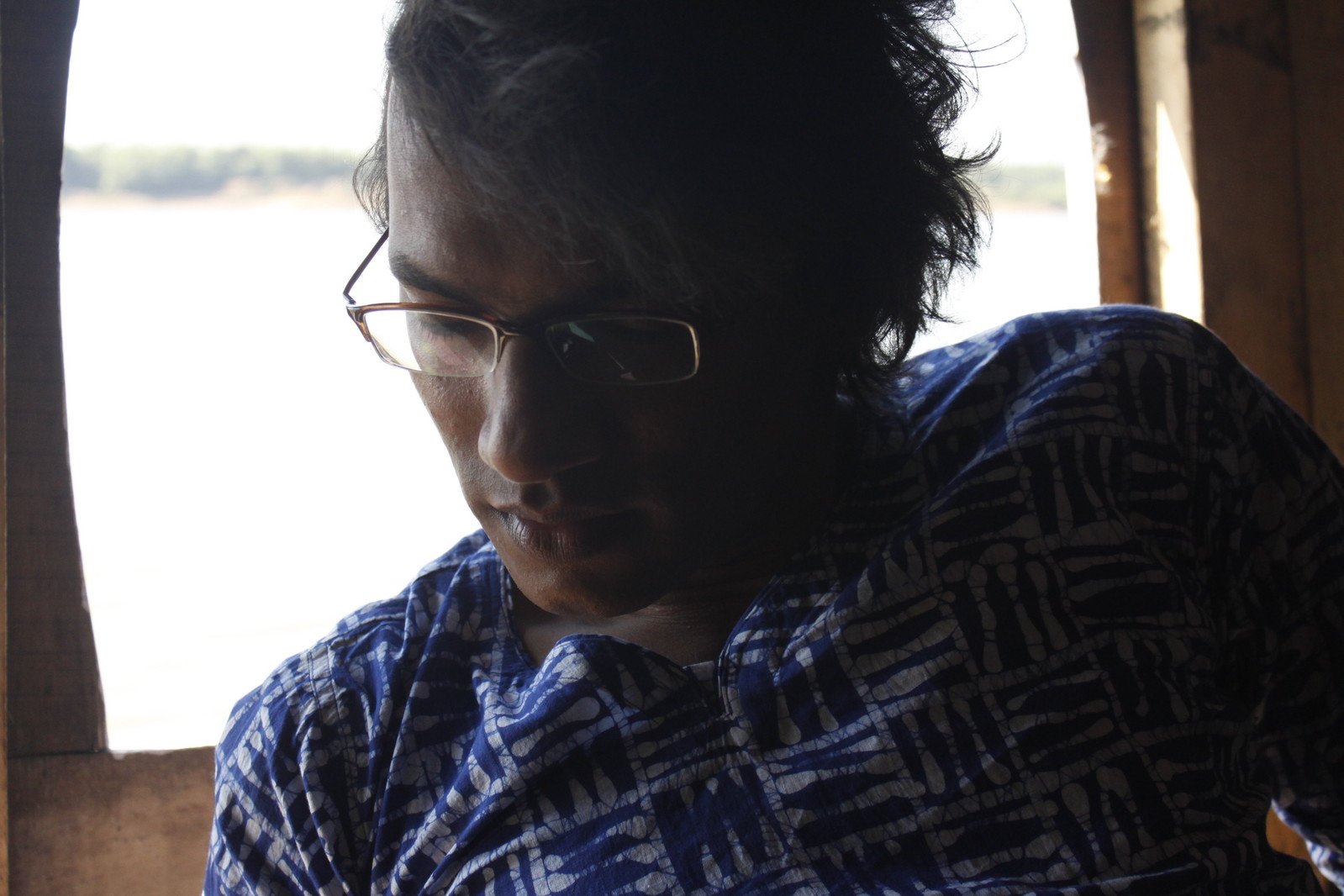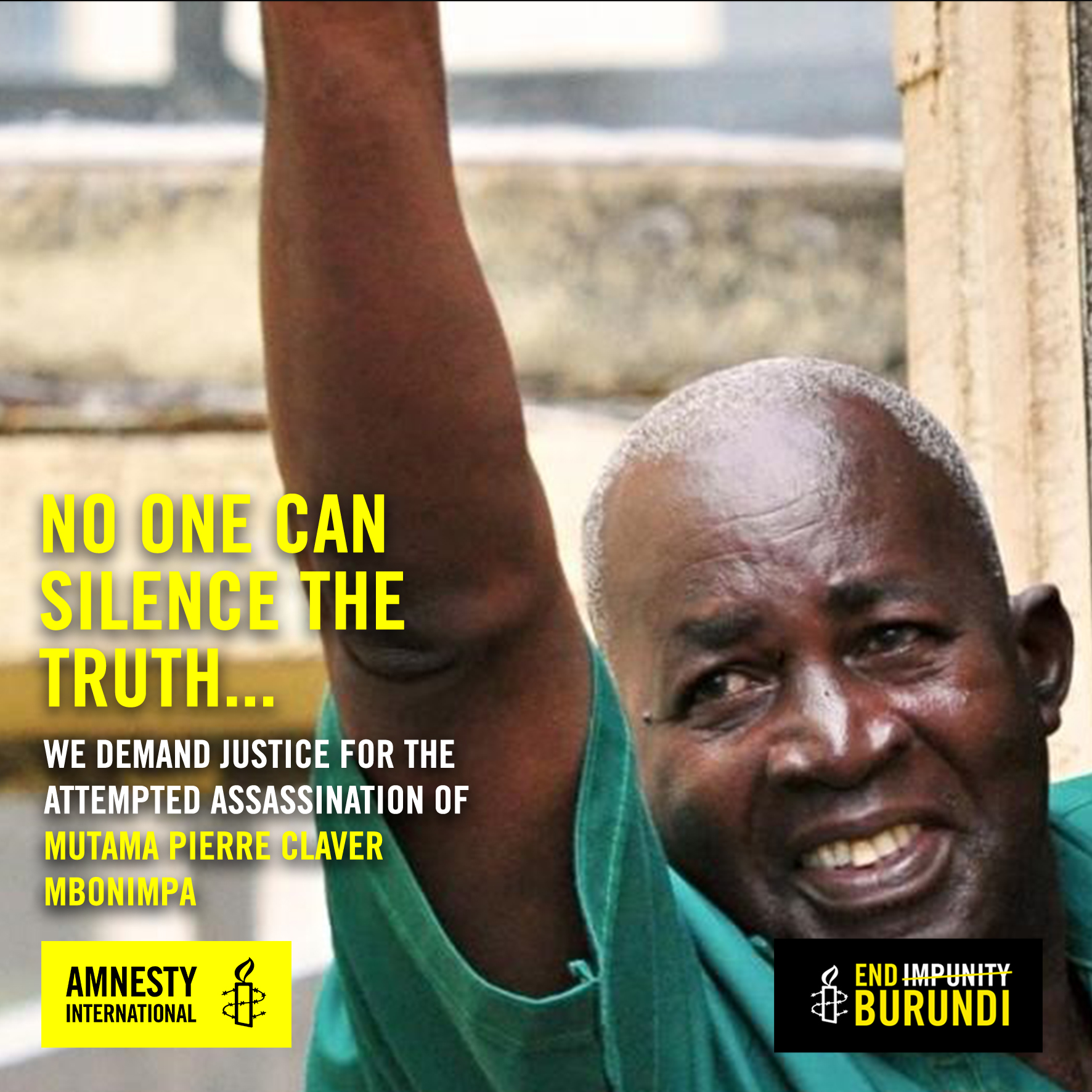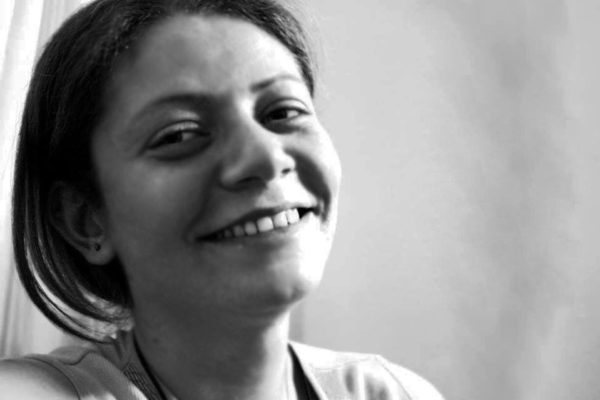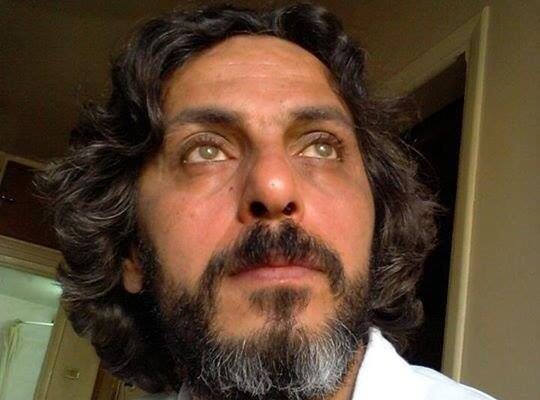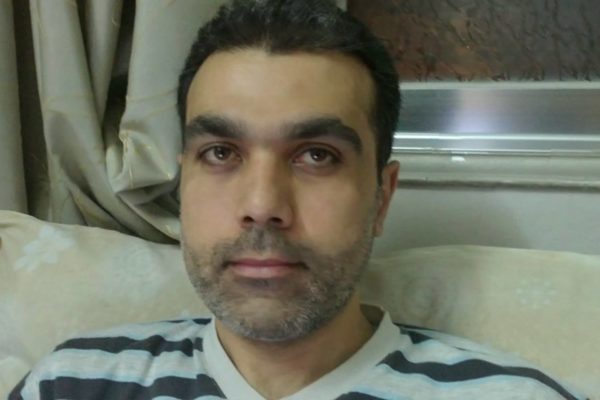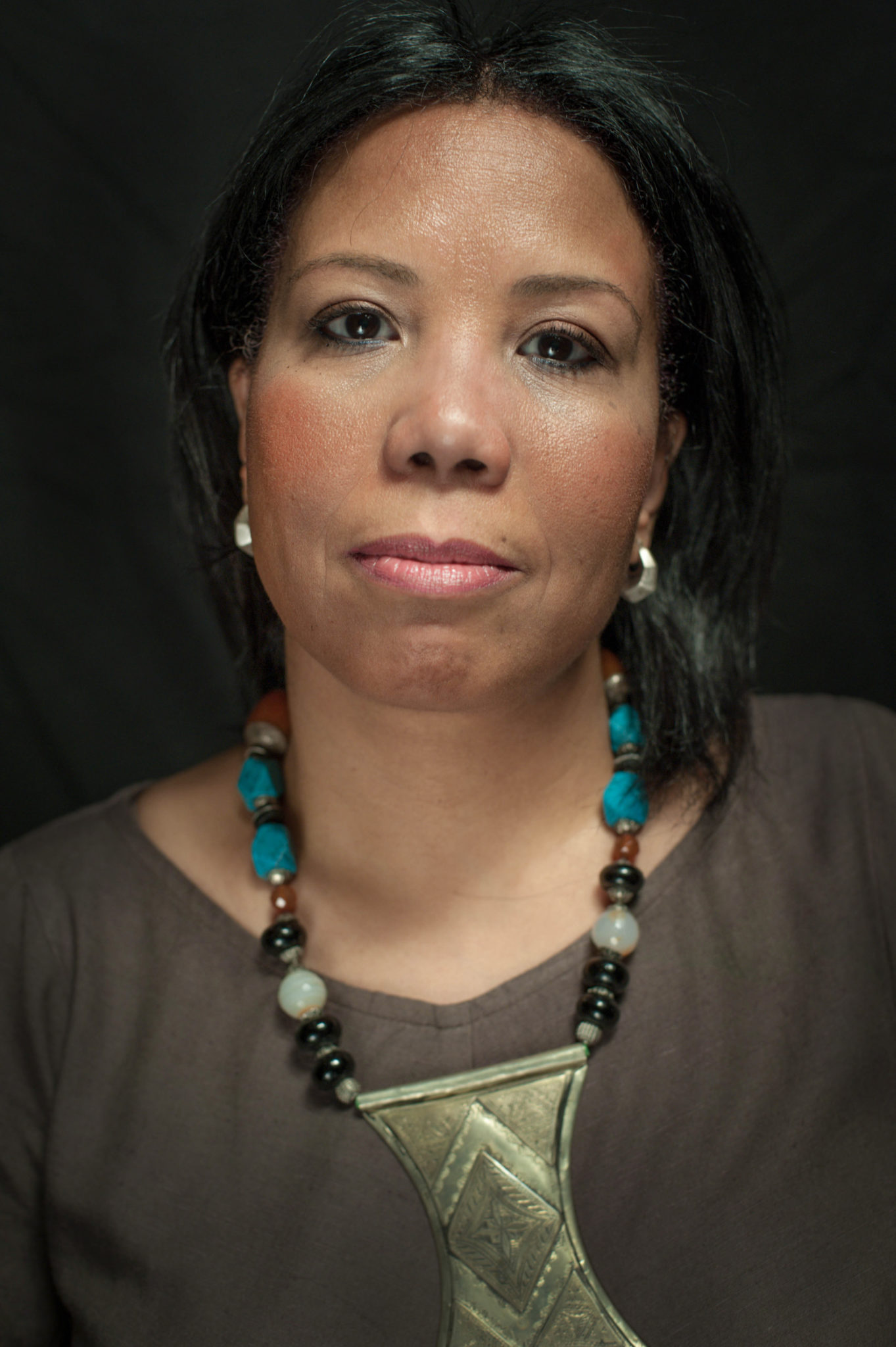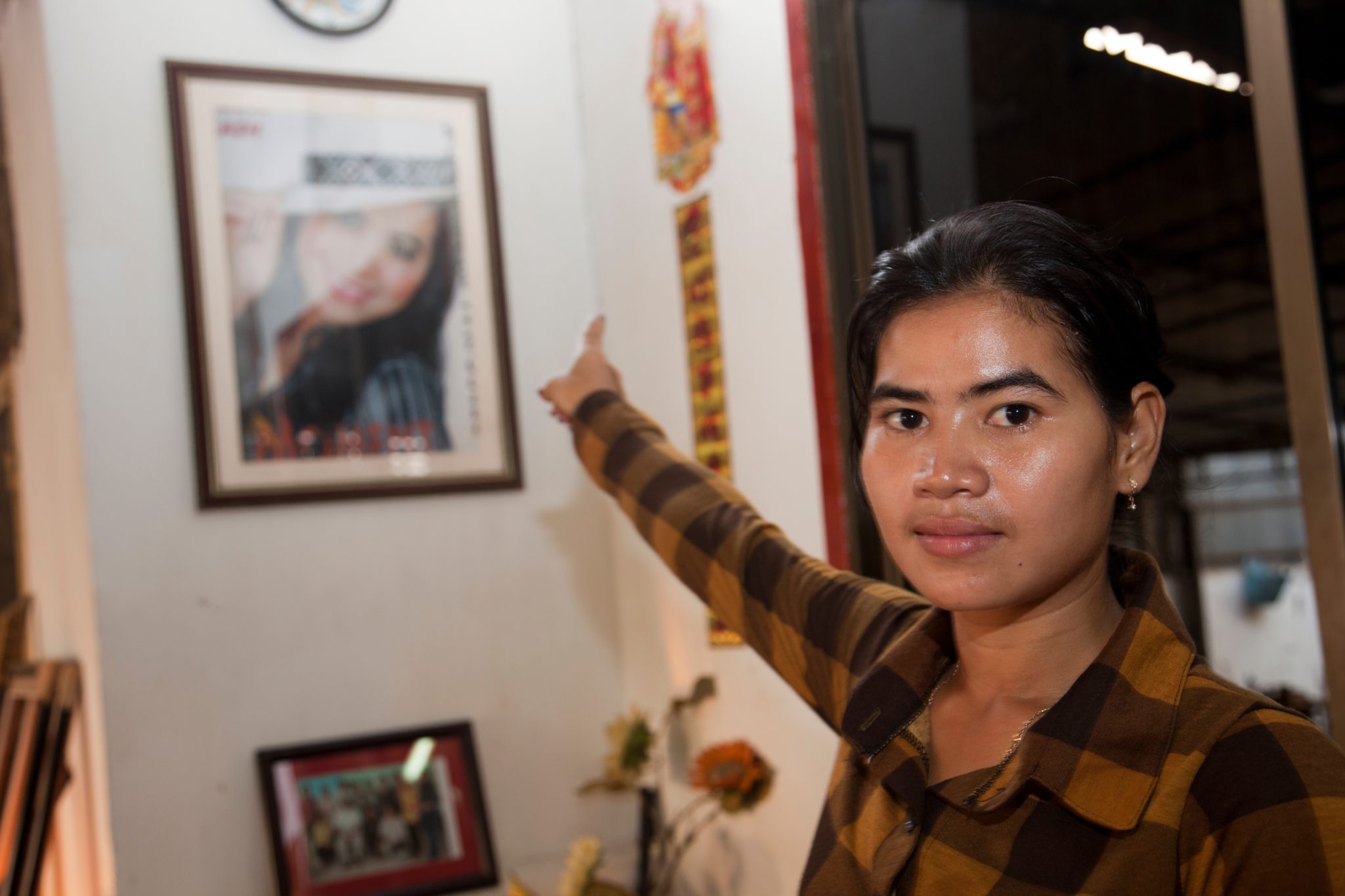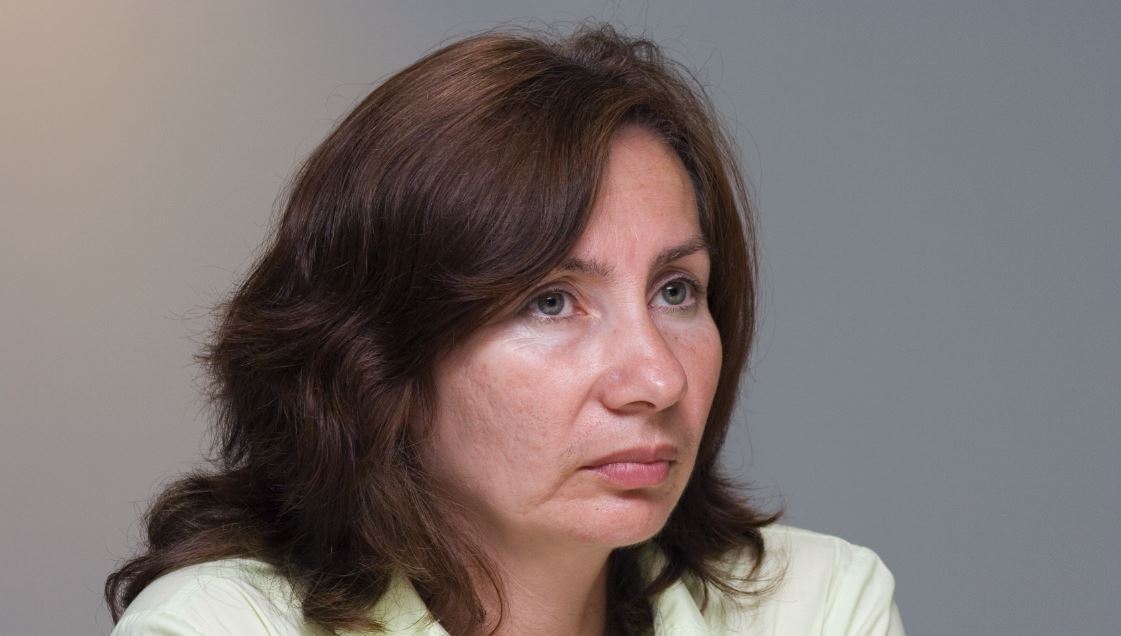When the UN General Assembly adopted the Declaration on Human Rights Defenders in 1998, the international community committed to protecting them and recognising their crucial work. But championing human rights continues to be highly dangerous work, with thousands of human rights defenders killed or forcibly disappeared by state and non-state actors in the two decades since.
3,500: The number of human rights defenders estimated to have been killed worldwide since the adoption of the Declaration on HRDs in 1998. The HRD Memorial commemorates and celebrates the lives of human rights defenders unjustly killed for their human rights work.
51: The number of human rights defenders killed in Colombia in the first half of 2017, according to Colombian NGO Somos Defensores. The trend is steadily worsening.
66: The number of human rights defenders killed in Brazil in 2016, according to the Brazilian Committee of Human Rights Defenders. The trend is steadily worsening. A total of 58 defenders were killed between January and August 2017, mostly Indigenous people, rural landless workers, and others working on issues related to the land, territory and the environment.
14: The number of environmental and land rights defenders killed in Honduras in 2016, including renowned defender Berta Caceres, according to Global Witness.
827: The number of journalists killed between 2006 and 2015, according to UNESCO.
Law professionals:
41: Number of lawyers from the Philippines killed between 2001 and 2014, according to Day of the Endangered Lawyer Report 2015.
117: Number of law professionals killed between 2010 and 2016 in Honduras, according to The Honduras National Human Rights Commissioner.
LGBTIQ:
2,343: The number of trans- and gender-diverse people in 69 countries killed from 2008 and 2016, according to Transgender Europe’s (TGEU) Trans Murder Monitoring Project.
Trade unionists:
2,863: The number of trade unionists and union members killed in Colombia from 1986-2011, according to the National Trade Union School.
84: The number of labour rights defenders killed in Guatemala between 2007 and 2016 according to the Network of Labour Rights Defenders of Guatemala (Red de Defensores de Derechos Laborales de Guatemala).
“The brutal attacks documented in this report are the logical end point of a disturbing trend, where instead of standing up for human rights defenders many world leaders are putting them at increased risk through smear campaigns, the misuse of the criminal justice system or by falsely portraying them as opposed to national interests, effectively signalling contempt for the human rights of us all,” said Guadalupe Marengo.
“To reverse this dangerous narrative, states need to publicly recognise the key role that human rights defenders play. We owe it to all those who have bravely defended our human rights at the cost of their lives to protect those who are continuing to advance their vital work.”
